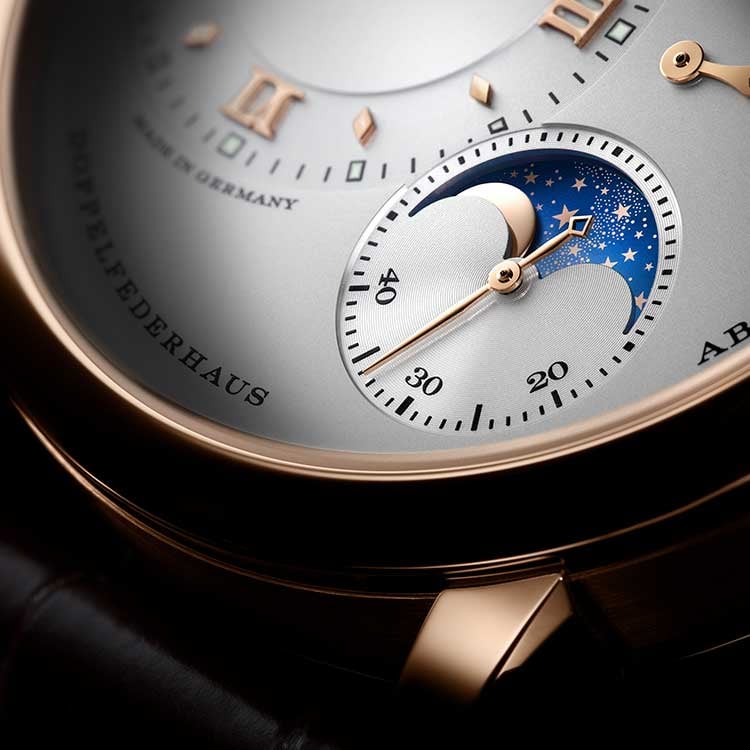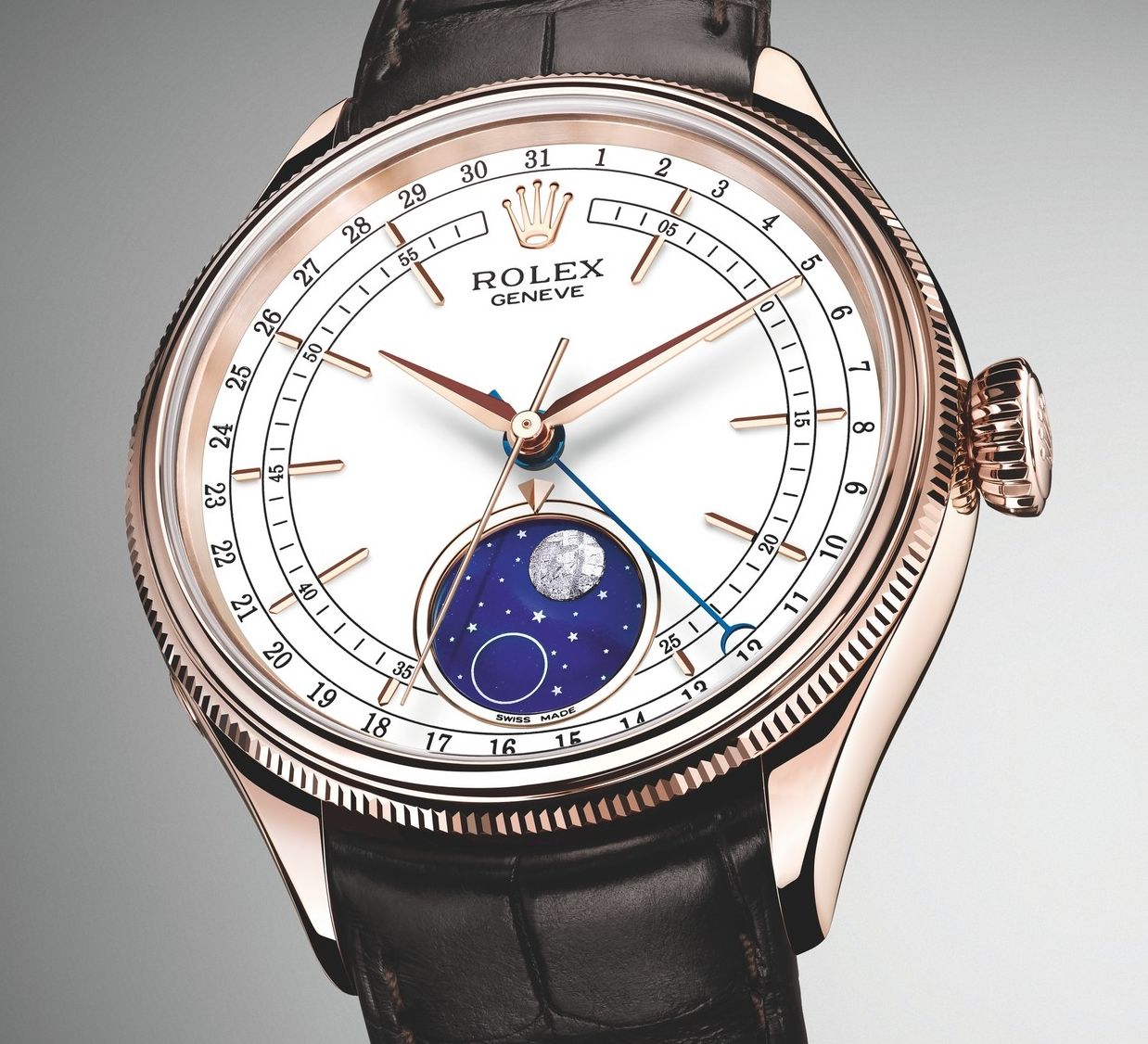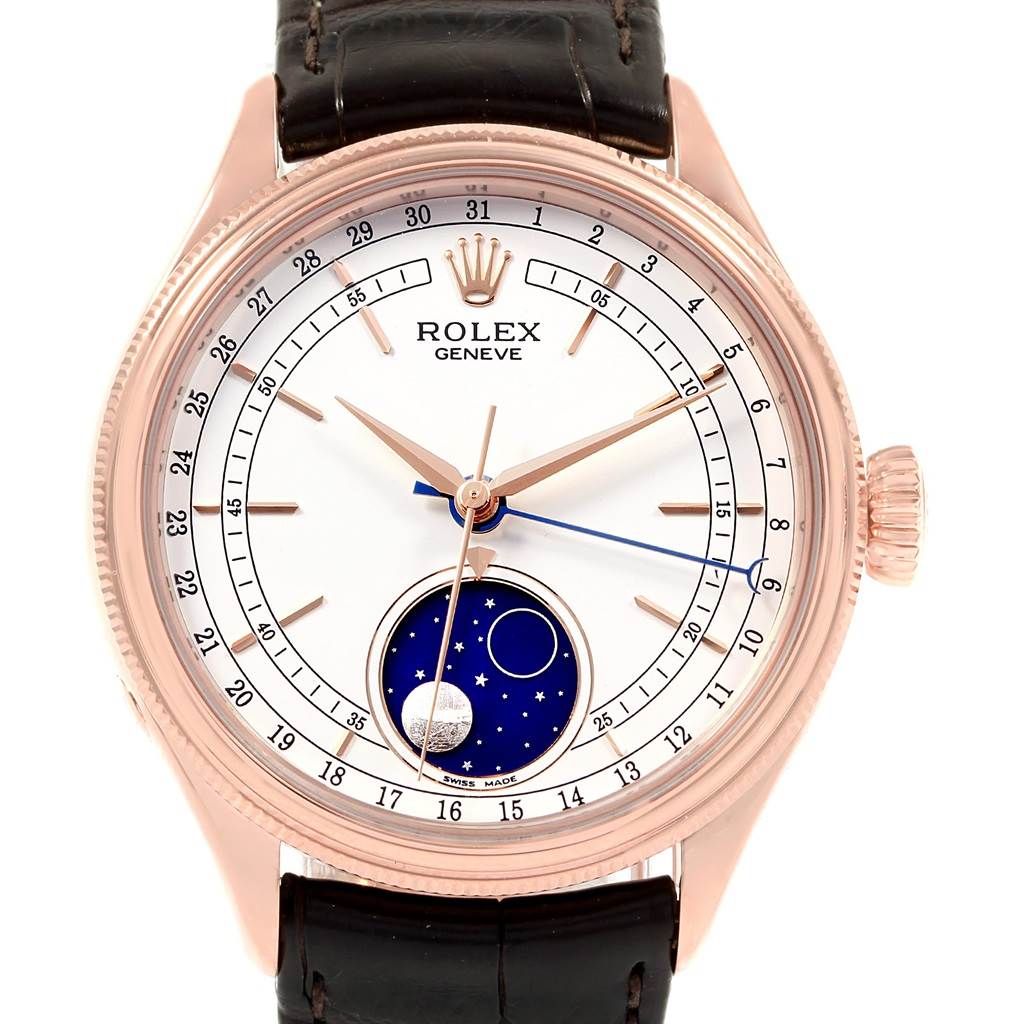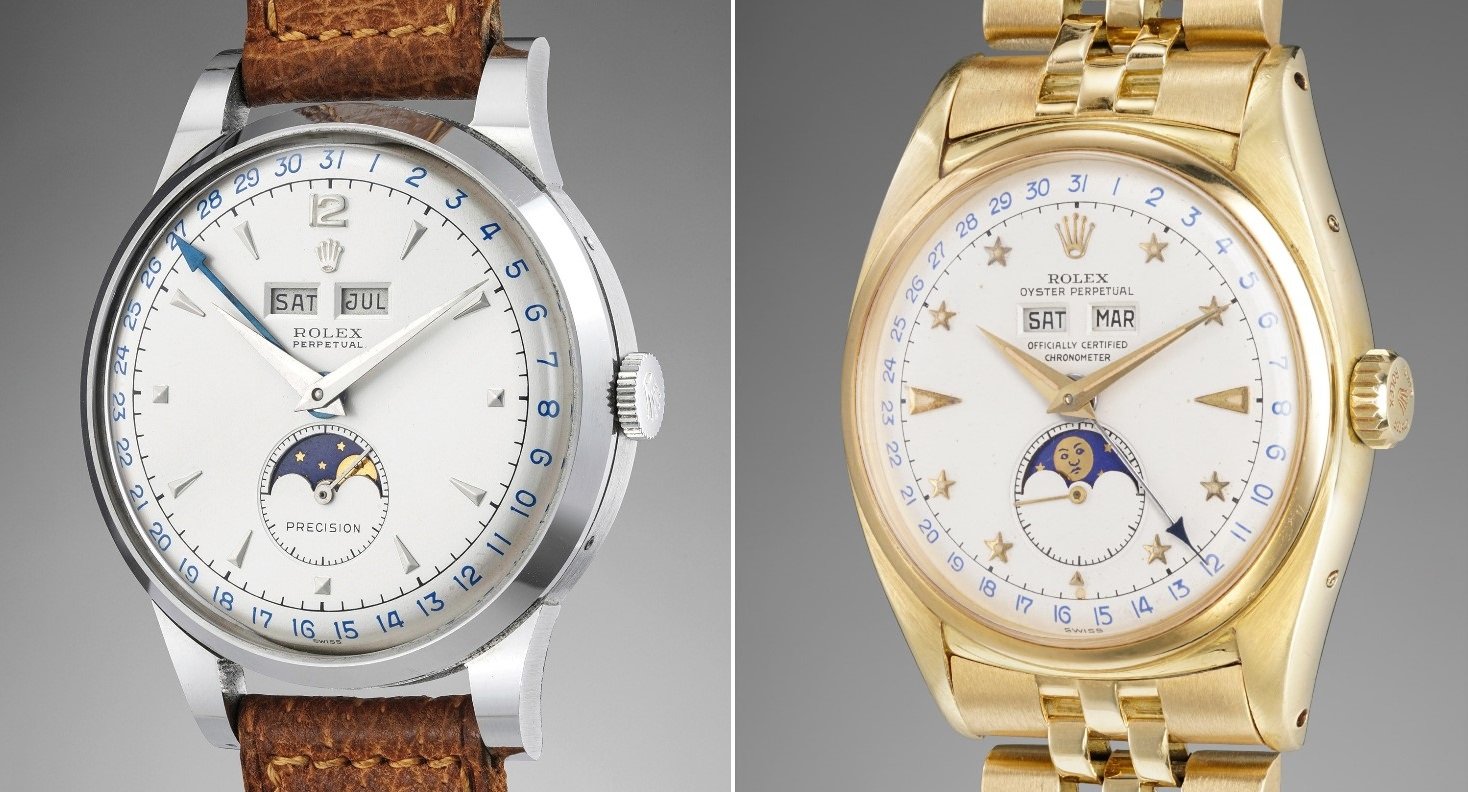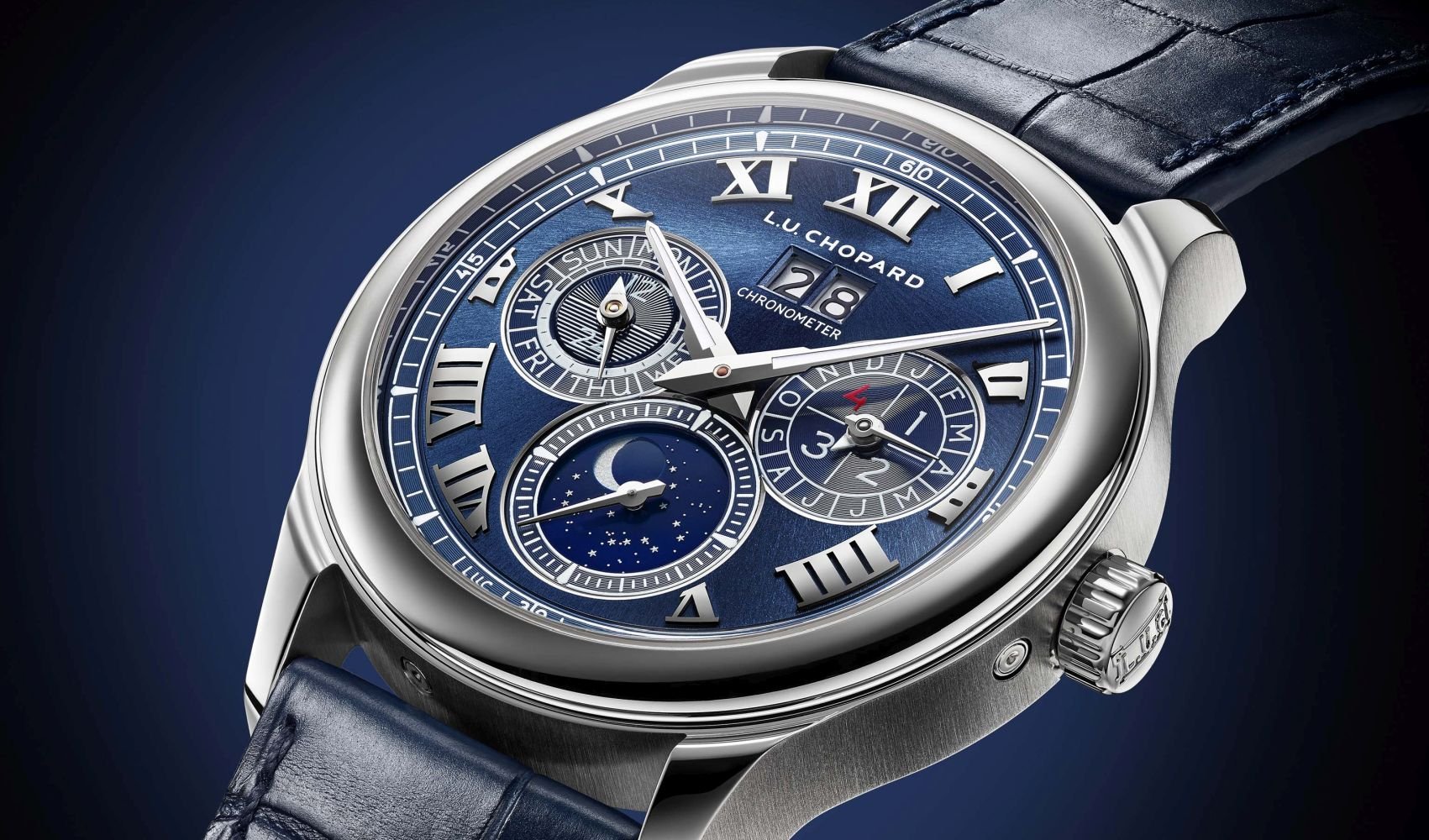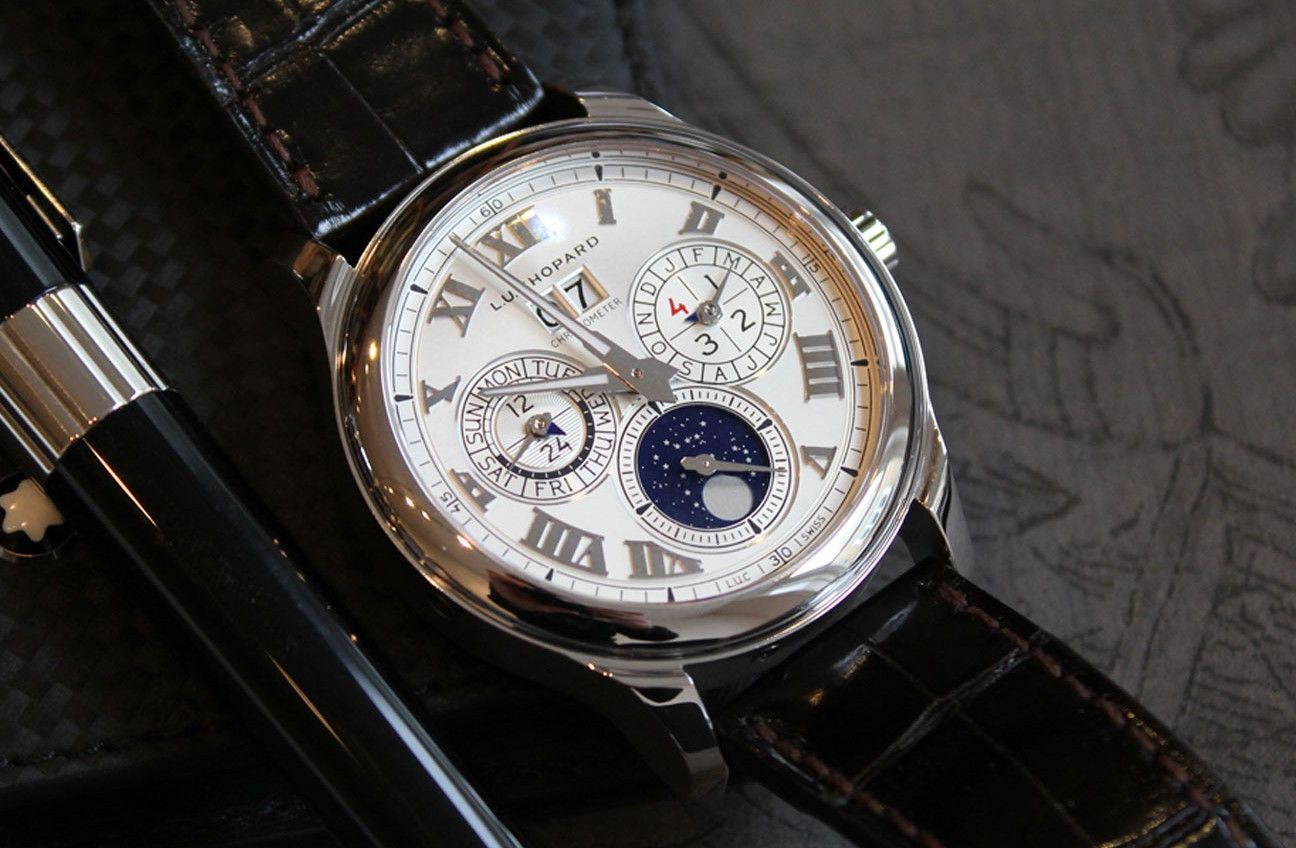Why The Rolex Cellini Moonphase Display Is The Dumbest In The Industry
Shots fired! Or so it may seem from that provocative title. The thing is, as much of a Rolex hater as I may sound like in proclaiming the Cellini Moonphase has the dumbest moonphase display in the industry, it actually pains me to have such an opinion. Why? Because I love the watch! Or at least, I love the idea of it.
The Cellini Moonphase is exactly the type of watch I feel Rolex should have in its collection. Sure, there’s no doubt the brand makes absolutely killer sports watches. But I believe having one complicated dress model to balance the offerings is honestly a great idea. It has historical precedence for the brand. It provides a classy, understated, and less hyped option for those seeking Rolex quality. Most of all, it shows that Rolex is equally as capable as its peers in the world of luxury horology. But only if it’s executed properly. So let’s consider what a moonphase does, take a look at the Cellini Moonphase, discuss my gripes, and see how Rolex could improve the design to make the model the true beacon of horological hope that it could be.
The purpose and logic of a moonphase
Pop quiz: what is a moonphase display actually supposed to do? That’s right — show you the phase of the moon! For most of us watch lovers, that answer should be painfully obvious. And almost every effective moonphase display I have ever seen does this by giving a visual representation of what the moon actually looks like in the sky. Many do this by gradually covering and uncovering a circular moon on the dial. How much of that circular moon the watch shows should be a fairly accurate approximation of what one can expect to see in the sky. So, assuming the moonphase is set correctly and conditions are clear, if the watch shows a waxing crescent moon on the dial today, one can logically assume to see a waxing crescent moon in the sky tonight.
While different watch brands have myriad and creative ways of executing moonphase displays, the basic purpose function of the complication is usually not lost on them. Of course, how useful this complication actually is in our modern world is debatable. But regardless of its practicality in 2021, most brands never forget that at a fundamental level, a moonphase is more than just a decoration. It does, in fact, serve a purpose. And if you’re going to go through the trouble of putting one on a watch, there’s no reason why you can’t make it both beautiful and intuitive.
The Cellini logic
Rolex, however, seems to take issue with this. Rather than making an intuitive moonphase that one can read at a glance, Rolex has opted for a “different” display for what purely seems like difference’s sake. Take a look at the Cellini Moonphase in all of its “glory” here.
You’ll notice that the moonphase display only shows an appliqué for the full moon and an empty ring for the new moon. It pairs these with a little triangle pointer to indicate the current “phase”. The moonphase disc itself makes one full rotation every lunar cycle — 29.5 days. When the tip of the triangle points to the center of the full moon, you can see a full moon in the sky. So far, so good. That’s fine and logical enough. But what about every day in between?
Now, you might think upon first glance that the triangle pointer serves as an imaginary “dividing line” for that moon appliqué. As the disc rotates clockwise, everything to the left of the tip of the triangle indicates how much of the moon is visible. Right? WRONG. If this were the case, that would mean that after only three days, the moon would completely disappear from the night sky, remaining completely invisible until just three days before the next full moon. So obviously, that can’t be right. This might be the point when you might realize that unlike almost every other moonphase watch on the planet, the Cellini Moonphase does not actually show you what you’ll see in the sky. No, my friends. All it does is give you an abstract indication of how far away the moon is from its new or full phases.
Wait, what?
That’s right. If you’re expecting to look down at your Cellini Moonphase and see an accurate representation of the moon you’ll see in the sky, I hate to tell you, but you’ve got the wrong watch for the job. Rather, to figure out what you’ll see in the sky, Rolex asks you to imagine how the moon might actually look, based on its distance from the full or new moon. So, let’s play the brand’s little game and take a look at this photo.
OK, so we know that the moonphase disc rotates clockwise. Looking at its position in this photo, we can see that the new moon has passed. We can infer that by this time, three or so days into this half of the lunar cycle, you can expect to start seeing a little sliver of the moon in the sky. Now, is it possible to determine the moonphase in this way? Well, yes. Yes, it is. As long as someone explains it to you like I just did, sure, it is possible. But — and there is a big BUT here — is it a good idea? Is it logical? Even better, is it necessary? I’m gonna go out on a limb here and say, “Heck no!”
Like, really, Rolex? Did you really have to do it this way? Look, I get that maybe you wanted something fresh, new, and different. But at what point does the pursuit of that goal start working against you? As much as it pains me to say it, I think this just might be that point.
My suggestion
But I’m not just going to sit here and complain like the Negative Nancy I can sometimes be. I won’t do that because I care. I really do care. Personally, I want to see the Cellini Moonphase live up to everything it could be as an awesome dress offering and only the third Rolex reference with a moonphase in the brand’s 116-year history. At this point, we could recall the brand’s first two moonphase watches of the 1940s and ’50s, references 8171 and 6062. These watches were complicated, with pointer dates, day and month apertures at 12:00, and moonphase displays at 6:00. As you can see, these watches were supremely easy to read despite their complexity. The moonphase displays were much more traditional than that of the Cellini Moonphase, and they showed an accurate image of the moon in the sky.
But again, I understand that Rolex may have wanted to “break the mold” with the new Cellini, and take a different route. Perhaps the brand wanted to show off the full beauty of the blue enamel moonphase disc, not hide most of it away below the dial. While this is just a guess at Rolex’s intentions on my part, I simply wish to point out that is indeed possible to do this without sacrificing the intuitive legibility of the moonphase.
The orbital moonphase display
To me, the answer seems incredibly obvious — use an orbital moonphase display. As you can see on the L.U. Chopard Lunar One, the blue disc representing the night sky is fully visible, with an aperture showing the silver moon underneath it. As the blue disc rotates throughout the lunar cycle, so does the silver moon. However, another thin blue disc sandwiched between them gradually conceals and reveals the silver moon at the same time. Like most traditional moonphase displays, this provides an accurate representation of the shape of the moon in the sky on that night. In the picture above, we see that the moon is a waning crescent, and will reach its new moon phase soon.
In this photo, you can see that the moon has orbited around the sub-dial, and has just passed its full moon phase. This shows it at the beginning of the waning half of its lunar cycle. Again, as it travels around the sub-dial, the visible silver moon will become less and less visible, just like the moon in the sky.
Now, to be honest, I’m not completely familiar with all of the components required to manufacture an orbital display like this. That level of watchmaking knowledge is still beyond my grasp at this point. Is the orbital moonphase potentially much more difficult to execute than the solution Rolex chose? Most likely, yes. Is L.U. Chopard a true high horology manufacture? That’s a resounding “YES!” But Rolex is an absolute powerhouse, with nearly limitless resources. You simply cannot tell me that the brand could not engineer a similar solution if it wanted to.
But does Rolex want to?
That’s the thing. Rolex doesn’t need to answer to anyone, let alone a “long-haired, freaky” watch journalist on the Internet. We all know that The Crown will do what it wants, and only what it wants, whether any of us like it or not. And I do realize that there are probably a lot of people who love the Cellini Moonphase just as it is. If those people own the watch, I hope they truly enjoy it. Even with the gripes I’ve laid out in this article, I think the watch is a stunning piece that balances the Rolex collection. A 39mm rose gold purpose-built dress watch with a subtly fluted bezel, white lacquer dial, and a beautiful pointer date? Heck yeah, sign me up! But think about it — if Rolex is going to put “Moonphase” in the model name, and make such a big deal about it in its marketing, would the watch not have benefitted from even a slightly more logical display?
What do you think?
In the words of one of my all-time role models, Forrest Gump, “Aah’m nawt a smart may-un.” Just ask my wife — she’ll tell you! And in all honesty, there could be some element of esoteric brilliance in the Rolex Cellini Moonphase display that has eluded me. That’s right; this whole article could’ve been me just talking out of my gluteus maximus. If this is indeed the case, I invite you, dear Fratelli, to enlighten me. Show me the error of my ways and the missteps in my judgment! For as ignorant as I may be, I welcome the chance to improve.
Weigh in down below in the comments and let me know what you think about the Cellini Moonphase. Did Rolex do a good job pulling it off? Or is it as bad as I made it seem? Could they have improved the display in another way? And more importantly, do you think the brand even needs a watch like it in the lineup? That is a lot of questions, I know, but I’m very interested to hear your opinions on any of those matters. Thanks for your interest, and thanks for reading!

